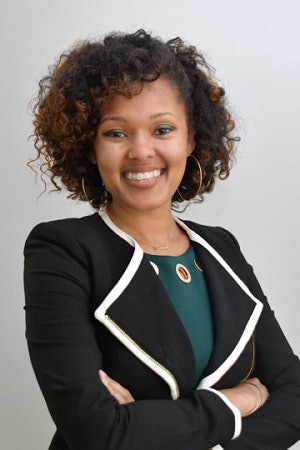Education policy analysts, administrators and lawmakers gathered online on Thursday for The Hill’s Future of Education summit, a day-long exploration of what education will look like in the wake of COVID-19.
Experts spoke about the racial and socioeconomic inequities spotlighted by the pandemic, but also discussed new opportunities to bridge them and potential policy solutions.
The event, moderated by The Hill’s Editor-at-Large Steve Clemons, focused heavily on the digital divide or the “homework gap” faced by students without reliable Internet access at home.
 U.S. Rep. Dr. Donna Shalala
U.S. Rep. Dr. Donna Shalala“I think we need a national policy of 100% of our households online,” said Jessica Rosenworcel, commissioner at the Federal Communications Commission. “Because no individual, no household, no community is going to have a fair shot at success in the twenty-first century without it. In the near term, that starts with students, just because so many are sitting at home right now being asked to go to a remote classroom and they don’t have the Internet access to get there.”
For her, fixing the gap means extending the federal E-Rate program, which offers schools and libraries discounted Internet access. She wants to see the program “meet this moment” by serving students learning at home, as well.
She thinks this is a problem that affects students in every state. Rural students often lack access to broadband, while students from low-income families sometimes simply can’t afford it, Rosenworcel said. While she’s heartened by local initiatives to address the issue, “we shouldn’t be doing this town by town, city by city.”
She described a “lack of ambition” on the part of the Trump administration to come up with national solutions but praised bills like the Heroes bill in the U.S. House of Representatives and the Emergency Educational Connections Act in the U.S. Senate, which would compel the Federal Communications Commission to take advantage of the E-Rate program.
U.S. Rep. Dr. Donna Shalala also stressed the importance of closing the digital divide, in addition to the high rates of student loan debt, which she called a “disaster.”
“This ought to be bipartisan,” she said. “It ought to be non-partisan. Because this is about opportunity. Educational justice involves giving everyone the same access to information.”
 Dr. Tiffany Jones
Dr. Tiffany JonesFor Dr. Tiffany Jones, senior director of higher education policy at The Education Trust, addressing inequities in this moment is also about better supporting the institutions that serve the most vulnerable students.
The pandemic is a chance for advocates to push policymakers to do more than “going back to normal …” said Jones, “because normal in education is funding inequity.”
She particularly wants to see lawmakers invest in community colleges and minority serving institutions and fully count part-time students when they’re divvying up resources.
“Colleges are doing hard work serving those students, and it’s important that they should count in any formula,” she said, noting that community colleges serve 40% of students but received 27% of CARES Act funding. “These dollars matter because these are the students who are going to need the most support in terms of emergency aid and more.”
The president of Santa Fe Community College, Dr. Becky Rowley, spoke about some of the real-time challenges community colleges are facing to serve underrepresented students. She’s “really distressed” that the number of Hispanic students at her institution dropped during the pandemic, she said, and the college is engaging in individual outreach to those students to try to keep them enrolled.
As the coronavirus crisis continues to disproportionately impact communities of color, Dr. Mary Schmidt Campbell, president of Spelman College, emphasized the role of historically Black colleges and universities. In her crisis decision-making, she strived to balance “safety,” “academic excellence” and affordability for students and staff particularly hard hit by the virus.
“It’s no secret that coronavirus is a bigger threat to Black communities and Latinx communities than it is to communities at large,” she said. “The death rates are higher and the lingering effects if someone is ill are worse.”
Mental health also emerged as an ongoing concern for university leaders, like University of Houston Chancellor Dr. Renu Khator and Dr. Bernadette Melnyk, chief wellness officer at The Ohio State University.
“Every university in the country has got to accelerate its efforts in the area of mental health and well-being,” Melnyk said. “It’s foundational. If they don’t do it, [students] don’t graduate.”
While their concerns were many, speakers also highlighted the pandemic’s potential silver linings for the future of higher education, as it forces institutions to develop better online tools and draws lawmakers’ attention to longstanding inequality.
Dr. Rolando Montoya, the interim president of Miami Dade College, noted that the pandemic will boost online education, offering non-traditional students more flexible, high-quality options. He’s already seeing an uptick in older learners looking to his institution for retraining opportunities.
“It has forced us to be creative and utilize technology a lot more than we were utilizing it before,” he said. “I think for the adult population, the general population, they’ll find education will be more available at home in the future. It’s already happening.”
Sara Weissman can be reached at [email protected].





















